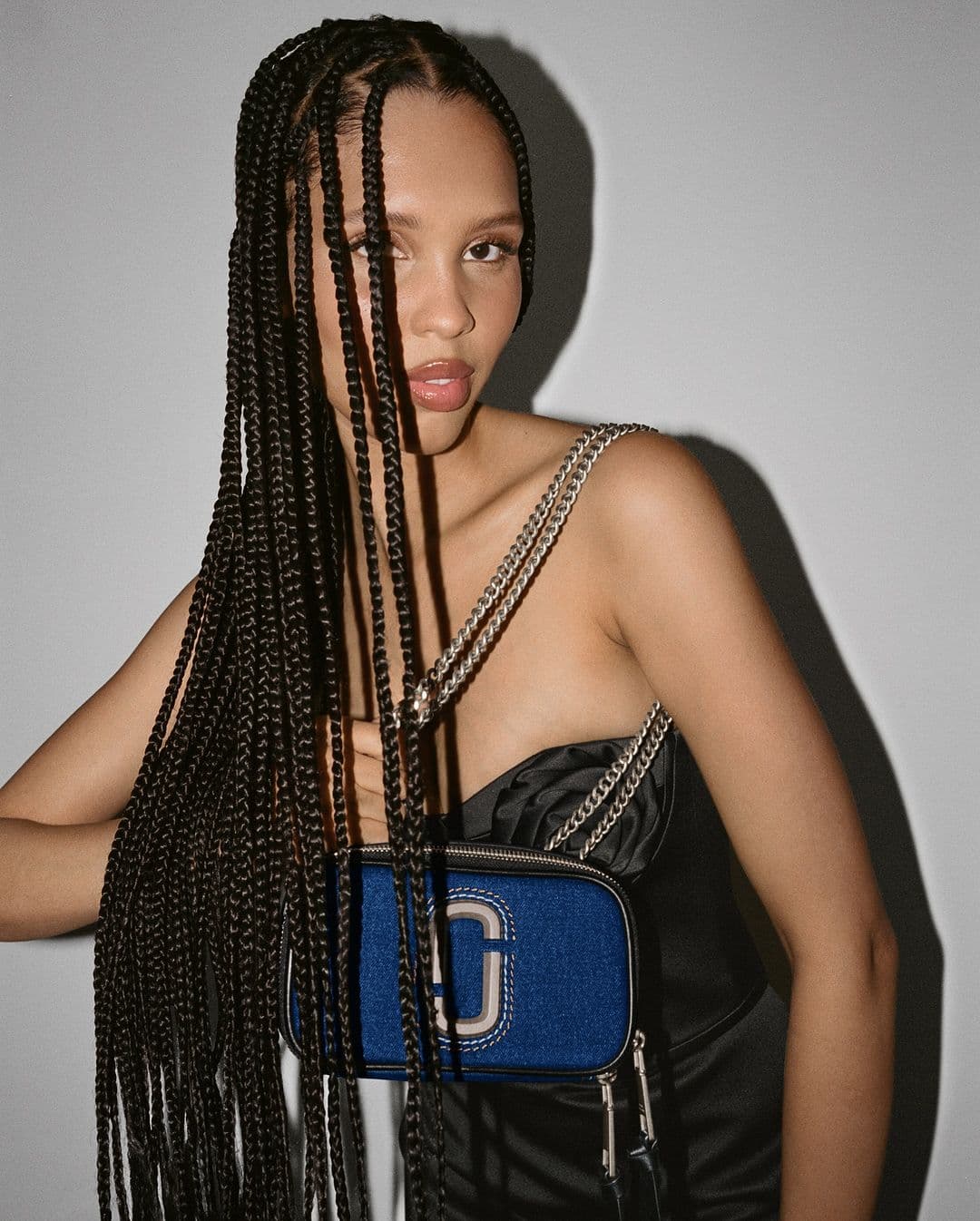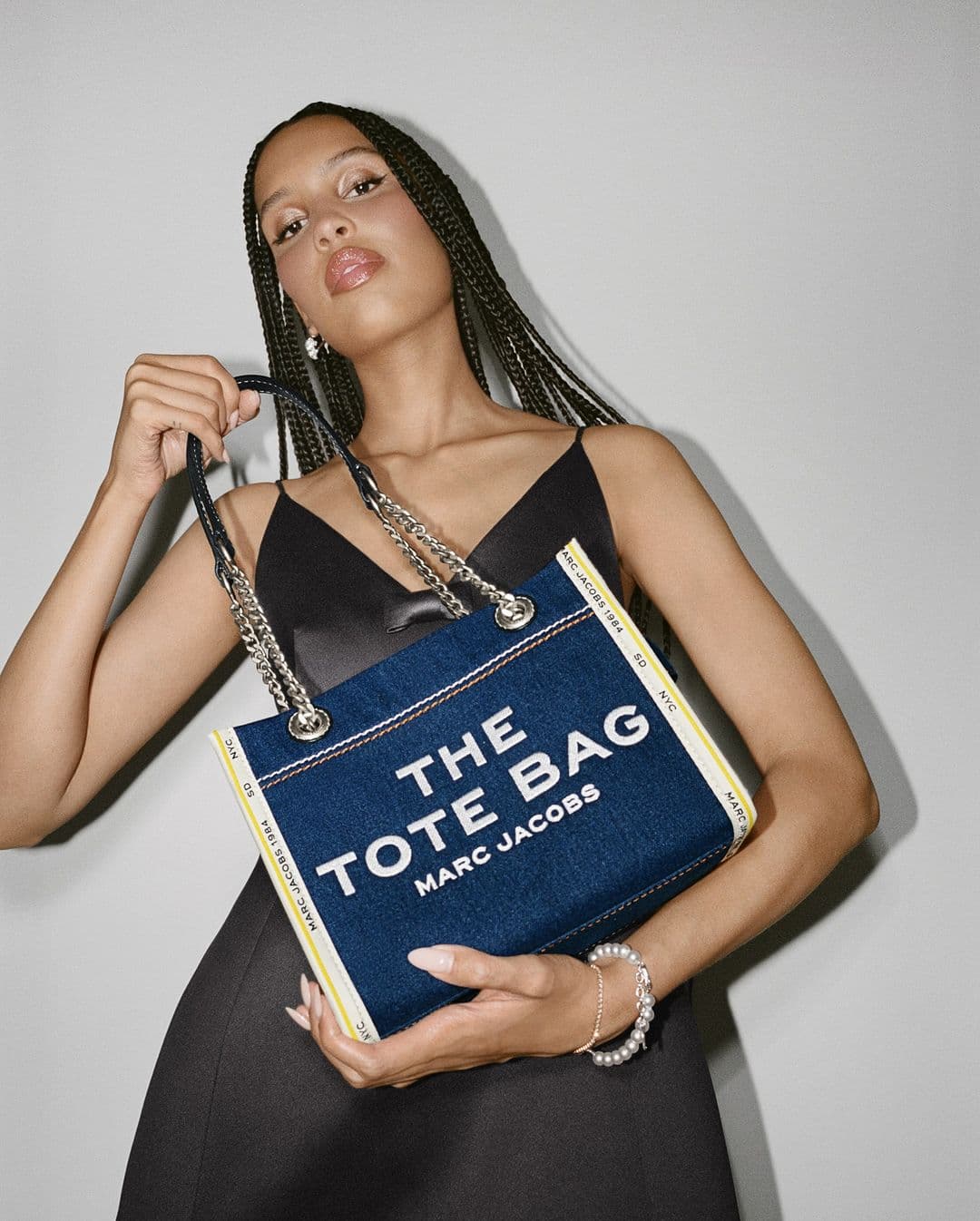
Gags Versus Gagged: How Luxury Brands Survive on Social Media
Writer Alice Doleman navigates the world of social media and looks at what it means to thrive on the platforms, not just survive.
Clarifying your brand’s personality gives you permission to experiment.
Scrolling on social media can sometimes feel like you’re swimming against a tide of events you weren’t invited to, CGI marketing stunts, celebrity endorsements and immaculately shot content with a difficult-to-decipher message. Branded content, specifically from luxury brands, can become a blur of unattainability.
For many luxury brands, creating content isn’t the challenge, standing out is. And what’s the greatest tool at any company’s disposal? Its persona. Defined as the way a business expresses itself through its tone of voice, core values and visual identity, a persona is a powerful driver of brand sentiment from your audience – whether that’s positive or negative is up to you – and a factor that, ultimately, leads customers to choose your business over your competitors.
Of late, some brands have taken the quiet luxury trend so literally that they’re telling us who they are with a whisper. They’re stifled by a fear of saying something wrong or cheapening their brand with a poorly judged meme, that they say nothing at all. On social, this results in an air of superiority or a sense of being out-of-touch. Either way, your competition will leave you behind in a cloud of impressions.


Credit: Hedi Stanton / LOEWE
When we look at the brands raising the bar, their social persona is an extension of their work. An amalgamation of the tastes and people that best represent them. LOEWE is the eccentric, eclectic artist where Jacquemus is the irreverent art director friend you see posting new locations on Instagram every night. See: the brand’s announcement of a new Capri location.
Clarifying your brand’s personality gives you permission to experiment. Take Marc Jacobs, for example. It’s a brand that’s always presented itself as an outsider that shuns the mainstream to embrace subcultural icons as ambassadors. They continue this into their social strategy, posting somewhat-bizarre yet engaging and socially effective takes on viral formats, and clever partnerships with unlikely protagonists.
Not all luxury brands can afford to channel the misfit so heavily, however. Instead, they’re looking to find the sweet spot between playful and premium content. The tongue-in-chic approach. They’re leveraging laughter. Only in these instances, it’s stylised and elevated humour. It’s LOEWE giving the creative reins to Dan Levy and Aubrey Plaza to create a social campaign centred around misspelling and mispronouncing their name, or working with humour-led TikTok creators like @ayame.p.


Credit: @marcjacobs
They’ve been successful because humour isn’t the entire strategy, simply a strand of it – shared on a carefully selected platform. These brands are sometimes funny, always entertaining.
In fact, this aligns with a shift in the perception of luxury. According to LS:N Global,luxury brands are increasingly considering themselves multi-faceted personas and tastemakers, and are executing their brand marketing accordingly. They want to be well-rounded and entertaining, which means flexing luxury codes to encompass more irreverence and a wider variety of influences, whilst maintaining a commitment to craftsmanship, sustainability and exclusivity.
Practically speaking, that looks like SSENSE namedropping Roland Barthes, The Devil Wears Prada and a drinking game in the same meme, while simultaneously producing highly researched and informative pieces on the evolution of the Frankenshoe. Get you a brand that can do it all.



